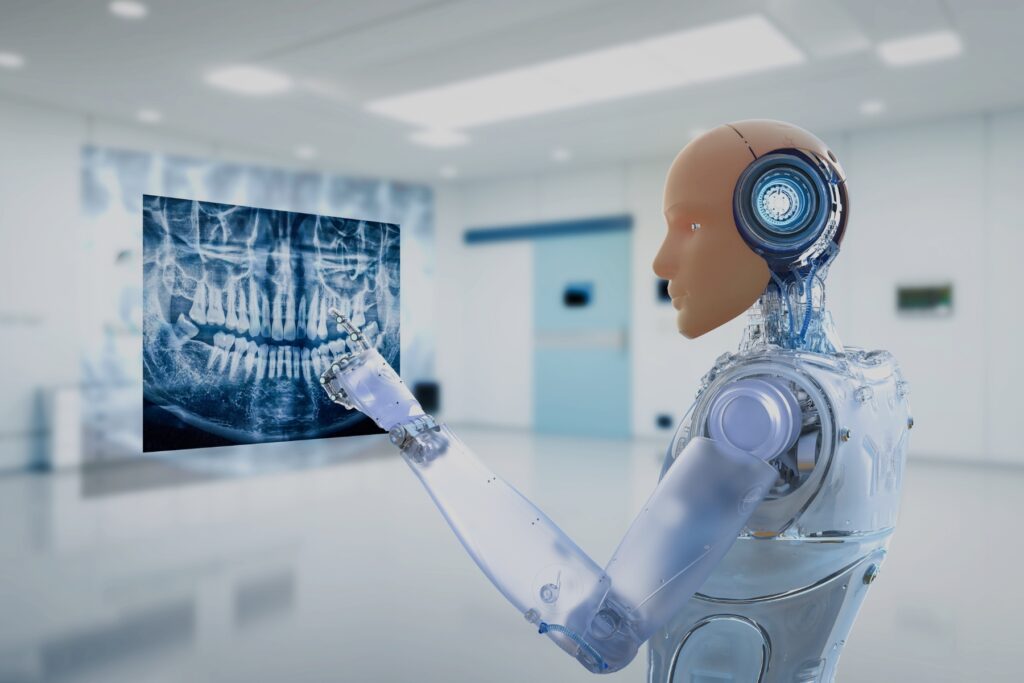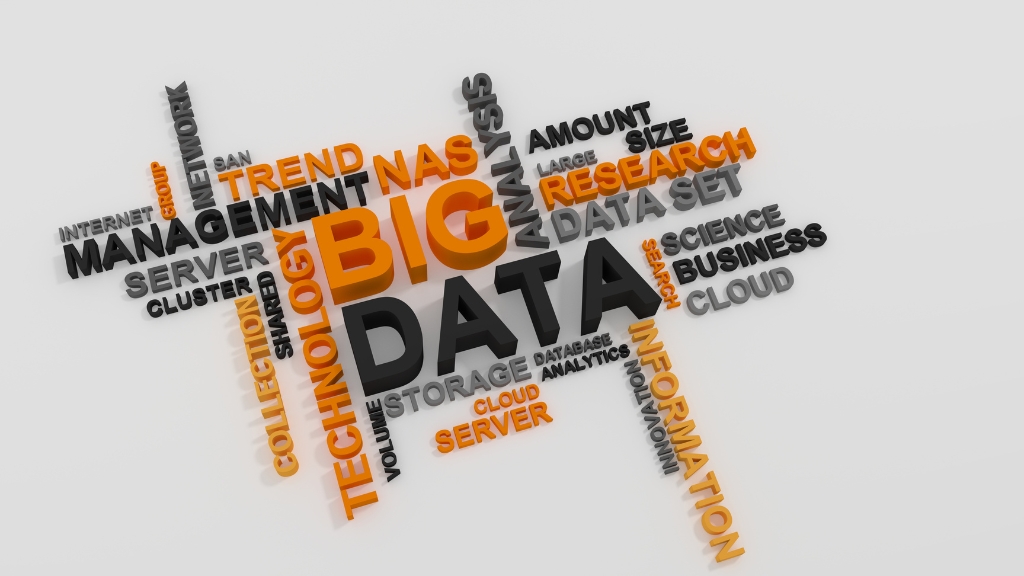
AI in Diagnostics: Revolutionizing Early Detection and Accuracy
In the ever-evolving world of healthcare, Artificial Intelligence (AI) is proving to be a transformative force—especially in the realm of diagnostics. The ability to detect illnesses early, with high precision, has long been a goal of modern medicine. With AI-powered systems now capable of analyzing vast amounts of medical data in seconds, early diagnosis has become faster, more accurate, and more accessible than ever before.
From identifying cancer at its earliest stage to flagging subtle signs of neurological disorders, AI is setting a new standard in diagnostic medicine. This article explores how AI is revolutionizing diagnostic processes, enhancing clinical decision-making, and saving lives through early detection.
The Importance of Early and Accurate Diagnosis
Early diagnosis can be the difference between life and death in many medical conditions. Diseases like cancer, heart disease, and neurodegenerative disorders can often be treated more effectively when detected in their initial stages. However, traditional diagnostic methods have limitations: time-consuming processes, high error rates, and variability between practitioners.
AI bridges these gaps by bringing consistency, speed, and data-driven precision to diagnostic systems.
How AI Works in Medical Diagnostics
At the core of AI diagnostics are machine learning (ML) and deep learning (DL) algorithms. These systems are trained on massive datasets—such as radiology images, lab test results, and electronic health records (EHRs)—to recognize complex patterns that may not be obvious to human doctors.
For instance, Convolutional Neural Networks (CNNs) are used to analyze medical images such as MRIs, X-rays, and CT scans. These algorithms can identify minute anomalies that might otherwise be missed, improving both sensitivity and specificity.
Use Cases of AI in Diagnostic Medicine
1. Cancer Detection
One of the most promising areas of AI in diagnostics is oncology. AI systems can detect breast, lung, skin, and prostate cancers with accuracy that rivals or exceeds human experts.
-
Google Health’s AI breast cancer model reduced false positives by 5.7% and false negatives by 9.4% compared to radiologists.
-
Dermatology AI tools like SkinVision or IBM Watson can analyze moles and lesions to assess skin cancer risk instantly.
2. Radiology and Imaging
Radiologists often face the challenge of interpreting hundreds of images a day. AI assists by:
-
Prioritizing urgent cases through triage systems.
-
Highlighting suspicious regions in scans.
-
Reducing the risk of human fatigue-induced errors.
For example, Aidoc and Zebra Medical Vision use AI to automatically detect conditions like brain hemorrhages or lung nodules in CT scans.
3. Cardiology
AI tools can analyze electrocardiograms (ECGs) and echocardiograms to detect arrhythmias, heart failure, and other cardiovascular issues early.
-
Eko’s AI-powered stethoscope identifies murmurs and atrial fibrillation in real time.
-
AI algorithms are used to assess coronary artery disease using imaging data with great precision.
4. Pathology
Digital pathology powered by AI allows for faster and more accurate slide analysis. AI can detect minute changes in tissue structure and cellular formation that signal early-stage disease.
Startups like PathAI are creating platforms that help pathologists interpret biopsy samples for diseases like cancer more efficiently.
5. Ophthalmology
AI models like Google DeepMind’s system for diabetic retinopathy screening can detect retinal damage in seconds, facilitating timely intervention.
Advantages of AI in Diagnostics
✅ Speed
AI can process thousands of images or lab results in seconds, drastically cutting diagnosis times.
✅ Accuracy
AI models, when properly trained, often outperform humans in diagnostic precision, reducing false positives/negatives.
✅ Scalability
AI can be deployed in remote or under-resourced areas where specialists are scarce.
✅ Cost-Effectiveness
While initial implementation is expensive, AI reduces long-term costs by streamlining workflows and minimizing errors.
Challenges and Considerations
While promising, AI in diagnostics faces certain challenges:
-
Data privacy and security: Protecting sensitive medical data is critical.
-
Bias in AI models: Poorly curated datasets can lead to misdiagnosis or disparities in care.
-
Integration into clinical workflows: Physicians need training and trust in AI tools to use them effectively.
-
Regulatory approval: AI systems must be approved by health authorities (e.g., FDA, CE) before clinical use.
The Human-AI Collaboration
AI is not designed to replace doctors but to assist them. The ideal scenario is a “human-in-the-loop” model where AI provides insights and recommendations, but the final decision is made by a medical professional. This ensures both accuracy and accountability.
The Future of AI in Diagnostics
Looking forward, AI diagnostics will likely become:
-
More personalized, using genetic and lifestyle data to tailor diagnoses.
-
Cloud-integrated, allowing for faster access and sharing across institutions.
-
Real-time, with wearables and remote sensors providing continuous diagnostic data.
As AI continues to evolve, it holds the potential to democratize healthcare by making expert-level diagnosis accessible even in the most remote parts of the world.
FAQs
Q1: Can AI replace doctors in diagnosing diseases?
No. AI is meant to assist doctors by analyzing data quickly and accurately. Final decisions still rest with trained medical professionals.
Q2: Is AI in diagnostics safe?
When approved by regulatory authorities (e.g., FDA), AI diagnostic tools are generally safe and often more accurate than traditional methods. However, oversight is essential.
Q3: How accurate are AI diagnostic systems?
Many AI tools have matched or exceeded human-level accuracy in specific areas like radiology, pathology, and dermatology. Results depend on the quality of training data and model design.
Q4: What are the risks of using AI in diagnostics?
Potential risks include data bias, incorrect predictions, over-reliance on technology, and breaches in patient privacy.
Q5: Where is AI in diagnostics already being used?
Hospitals, telemedicine platforms, pathology labs, and even smartphone apps use AI for analyzing scans, images, lab results, and symptoms.
Leave a Reply
- AI in Diagnostics: Revolutionizing Early Detection and Accuracy
- How AI and Advanced Analytics Are Transforming Healthcare Outcomes
- Investing with Confidence: The Role of ROI Calculators
- How ROI Calculators Drive Data-Driven Business Strategies
- The Ultimate Guide to ROI Calculators for Business Success
- Making Sense of ROI Calculators: A Comprehensive Guide
- June 2025 (1)
- May 2025 (1)
- October 2024 (2)
- September 2024 (31)
- August 2024 (31)
- July 2024 (27)
- June 2024 (28)
- May 2024 (30)
- April 2024 (33)
- March 2024 (23)
- February 2024 (29)
- January 2024 (3)
- December 2023 (47)
- November 2023 (36)
- October 2023 (23)
- September 2023 (2)
- June 2023 (2)
- May 2023 (13)
- April 2023 (1)




